A book that has been in my personal library since I was a kid is the Junior Woodchucks Guidebook. No, not the fictional one, a real one (although I am not certain about the actual name, since I lost its cover).
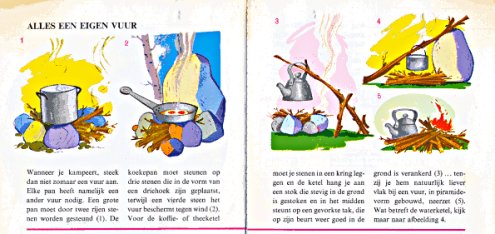
Wikipedia describes the Junior Woodchucks Guidebook as follows: “In Disney’s fictional universe, The Junior Woodchucks are the Boy Scouts of America-like youth organization to which Donald Duck’s nephews, Huey, Dewey and Louie, belong. […] Junior Woodchucks always carry with them a copy of the Junior Woodchucks Guidebook, a fictional guidebook filled with detailed and pertinent information about whatever country or situation the Woodchucks find themselves. Its depth of coverage is remarkable, considering that it is a small paperback book.”
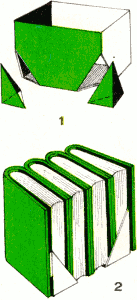 In the pre-internet age such bottomless founts of knowledge were a popular fantasy. The most famous among them being the Hitchhiker’s Guide to the Galaxy, which appears in the novel of the same name by Douglas Adams, and the Memex device by Vannevar Bush, which is widely credited as being the precursor of the World Wide Web. (An early version of the web was called Enquire, after the book about everything, Enquire Within Upon Everything, which I helped proofread for Project Gutenberg).
In the pre-internet age such bottomless founts of knowledge were a popular fantasy. The most famous among them being the Hitchhiker’s Guide to the Galaxy, which appears in the novel of the same name by Douglas Adams, and the Memex device by Vannevar Bush, which is widely credited as being the precursor of the World Wide Web. (An early version of the web was called Enquire, after the book about everything, Enquire Within Upon Everything, which I helped proofread for Project Gutenberg).
In the 1970s somebody published an actual version of the Junior Woodchucks Guidebook in Dutch, in slightly larger than pocket format, and I bought a second hand copy of it. I have long since lost the cover, the front matter and the first fourteen pages, so I am no longer even sure about its title. Presumably it ran along the lines of Walt Disney’s Jonge Woudlopershandboek. In the same series the now defunct publisher Amsterdam Book published “Walt Disney’s Groot Goochelbook” (Walt Disney’s Book of Magic), which contained magic, scientific and occult tricks. It was published in 1973, translated from a 1972 Italian version, and resembled the Junior Woodchucks Guidebook in size, paper type and so on, so I am guessing both are from the same publisher and the same time.
What I always found remarkable about this real life version was its depth of coverage. The guidebook went into all kinds of subjects that are useful for trekking: how to make a camp fire (it even goes as far as differentiating fires depending on what you want to cook), how to tell time by looking at flowers, how to estimate distances; then into guidelines useful for the city dweller: how to dry a book (if the pages are stuck together, put it in the oven!), how long to sunbathe (a table shows the time for each body part!), how to take care of your record collection; and also into more esoteric lessons on what names mean, how to decipher blazons, the meanings of onomatopoeic words, and so on.
As a kid, I thought the guide on how to remove stains from clothing was worth the price of the book alone.
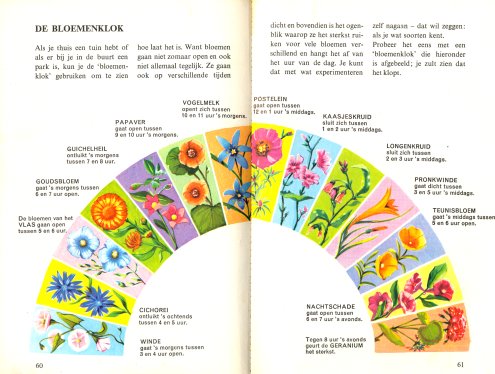
(Images from top to bottom: how to make campfires, how to make book-ends from a card board box, how to use flowers to tell the time.)

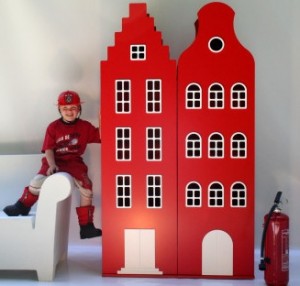
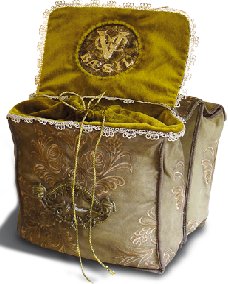
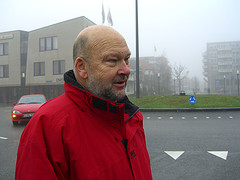 Earlier this year, at age 62, traffic engineer Hans Monderman died of cancer. The
Earlier this year, at age 62, traffic engineer Hans Monderman died of cancer. The 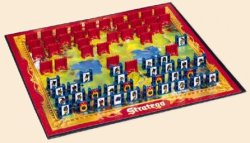
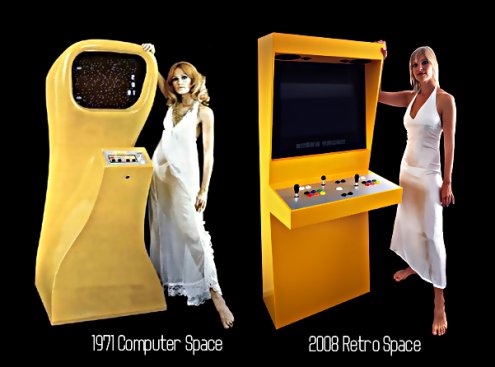
 Dear lazyweb. As I am a complete troglodyte in matters of taste and style—something I am obviously trying to mask by using fancy words for “caveman”—and I need to make myself a small cabinet to keep magazines in and drinks on, I find myself looking for “open source” furniture. And finding none. Indeed, the closest I am getting so far are the designs of
Dear lazyweb. As I am a complete troglodyte in matters of taste and style—something I am obviously trying to mask by using fancy words for “caveman”—and I need to make myself a small cabinet to keep magazines in and drinks on, I find myself looking for “open source” furniture. And finding none. Indeed, the closest I am getting so far are the designs of 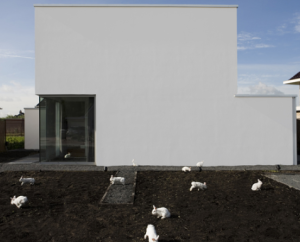
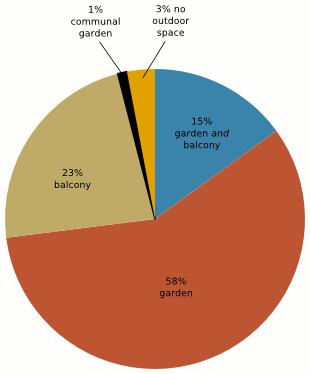 Ella Vogelaar, Minister for Housing, Neighbourhoods and Integration, wants to force builders to produce an outdoor space (balcony or garden) and bike shed for every apartment built. An earlier obligation to do so was dropped in 2003. Vogelaar claims the market insufficiently provides the need for outdoor living space and bicycle storage, and so she is making the provision of this part of the building code, the complex set of rules governing the construction of buildings.
Ella Vogelaar, Minister for Housing, Neighbourhoods and Integration, wants to force builders to produce an outdoor space (balcony or garden) and bike shed for every apartment built. An earlier obligation to do so was dropped in 2003. Vogelaar claims the market insufficiently provides the need for outdoor living space and bicycle storage, and so she is making the provision of this part of the building code, the complex set of rules governing the construction of buildings.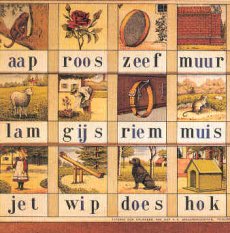

 In the pre-internet age such bottomless founts of knowledge were a popular fantasy. The most famous among them being the Hitchhiker’s Guide to the Galaxy, which appears in the novel of the same name by Douglas Adams, and the Memex device by Vannevar Bush, which is widely credited as being the precursor of the World Wide Web. (An early version of the web was called Enquire, after the book about everything,
In the pre-internet age such bottomless founts of knowledge were a popular fantasy. The most famous among them being the Hitchhiker’s Guide to the Galaxy, which appears in the novel of the same name by Douglas Adams, and the Memex device by Vannevar Bush, which is widely credited as being the precursor of the World Wide Web. (An early version of the web was called Enquire, after the book about everything, 